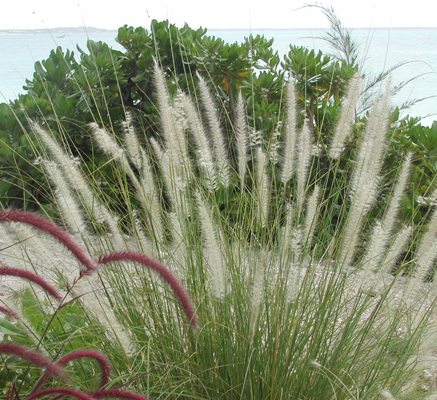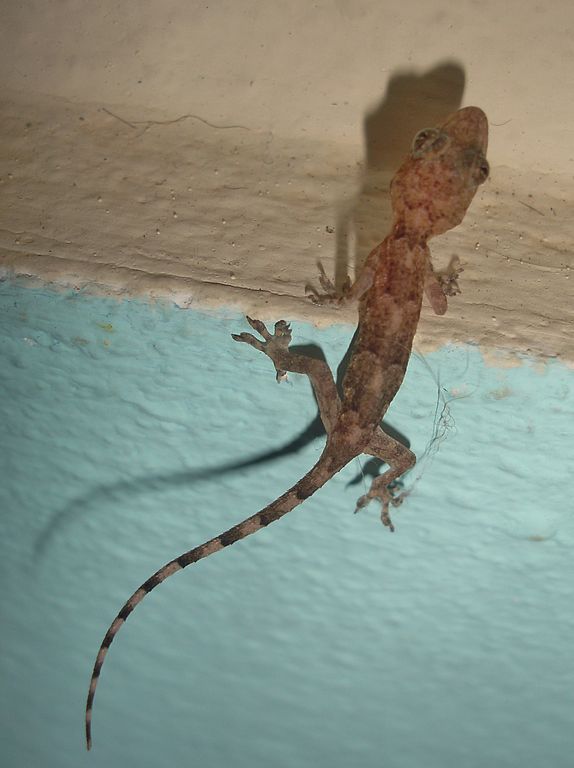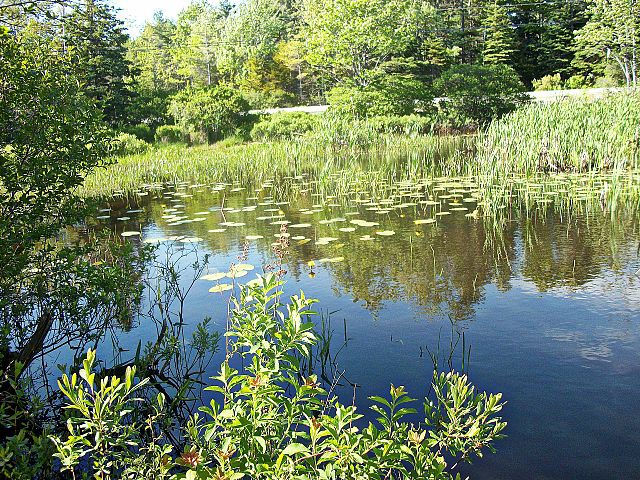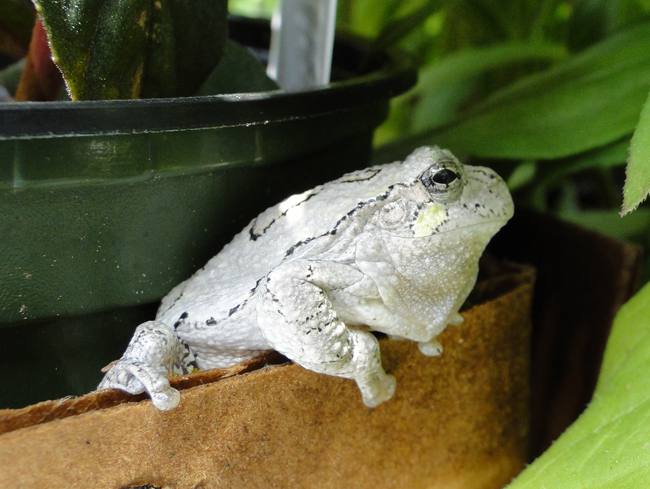Ever since I can remember having an appreciation for art, I was a fan of Claude Monet. A few weeks ago I was watching the PBS program NYC Arts and one of the reports was about Monet’s Waterlilies at MOMA. I can’t even begin to tell you how many times I’ve seen those magnificent paintings. But it wasn’t until that evening that I made the Frog Connection. All of a sudden I thought, with all those 100s of paintings created in Giverny Garden, did Monet ever paint a frog?
After the program was over, I went on the internet and searched “Did Monet ever paint a frog?” What came up mesmerized me. Pages and links to children’s books on this very topic. After reading and studying many pages it’s hard to know the truth, especially given that Monet was an impressionist painter and so a green dab of paint might be misconstrued as a frog.
I read three of the children’s books and I’d like to share them with you:
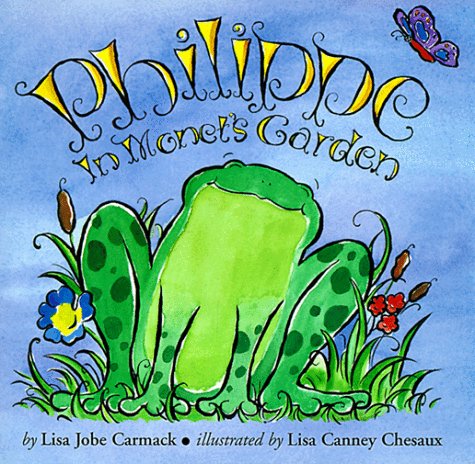
Philippe in Monet’s Garden
by Lisa Jobe Carmack and illustrated by Lisa Canney Chesaux
A charming story about a frog named Philippe, who just happens to live in France and just happens to have very large and long legs. As frog lovers, I’m sure you can imagine his potentially scary destiny to a local restaurant with all the frog hunters out there. Two of his frog friends get nabbed and so he hops away and away until he comes upon Giverny Garden where a sign is posted: No Frog Hunting! He’s safe! In he hops and Monet welcomes him, admires his large and beautiful legs and Philippe lives his life in that beautiful place with lots of bugs to eat and no fear. He may even be seen in one of the pictures?
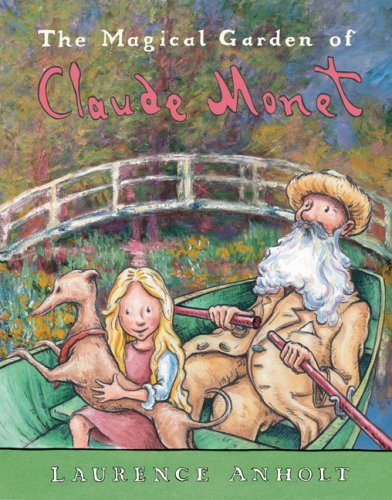
The Magical Garden of Claude Monet
by Laurence Anholt
This is more of an adventure story. A young girl and her pet dog are feeling antsy in their family’s urban dwelling, while the mother is busy painting a picture. But the mother reassures Julie that as soon as she’s finished, they will go on an exciting adventure to a magical place. They board the train to travel to Monet’s garden at Giverny and it’s an afternoon of marvel and discovery. Beautiful watercolor illustrations throughout the book. Unfortunately, no mention of frogs.
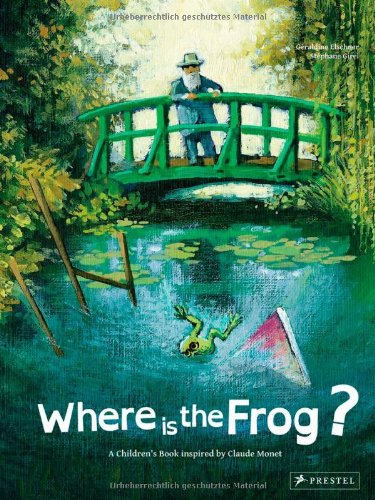
Where is the Frog?
by Geraldine Elschner and Stephanie Girel
A children’s book inspired by Claude Monet
As you might imagine, this one was my favorite! The illustrations throughout are styled after Monet and the story is adorable. In this story we have a little female frog named Antoinette who only wants to be the subject of Monet’s efforts. She moves and poses and when he walks away, she hops up to have a look at the painting and realizes that she was a green frog sitting on a green lily pad. Oh no, that’s why there is no frog in the picture. So the next day she poses hanging from a vine or within some flowers, and hooray, she’s depicted in the picture. She gets so excited she knocks the painting, easel, materials and herself into the water. Alas, still no picture with a frog in it!
— Susan Newman, founder Frogs Are Green

Water Lilies, 1919, by Claude Monet – Metropolitan Museum of Art, New York City
About Claude Monet’s Garden at Giverny (Wikipedia):
Claude Monet noticed the village of Giverny while looking out of a train window. He made up his mind to move there and rented a house and the area surrounding it. In 1890 he had enough money to buy the house and land outright and set out to create the magnificent gardens he wanted to paint. Some of his most famous paintings were of his garden in Giverny, famous for its rectangular Clos normand, with archways of climbing plants entwined around colored shrubs, and the water garden, formed by a tributary to the Epte, with the Japanese bridge, the pond with the water lily, the wisterias and the azaleas.
Monet lived in the house with its famous pink crushed brick façade from 1883 until his death in 1926. He and many members of his family are interred in the village cemetery.
Water Lilies (or Nymphéas) is a series of approximately 250 oil paintings by French Impressionist Claude Monet (1840–1926). The paintings depict Monet’s flower garden at Giverny and were the main focus of Monet’s artistic production during the last thirty years of his life. Many of the works were painted while Monet suffered from cataracts.[1]

